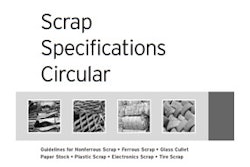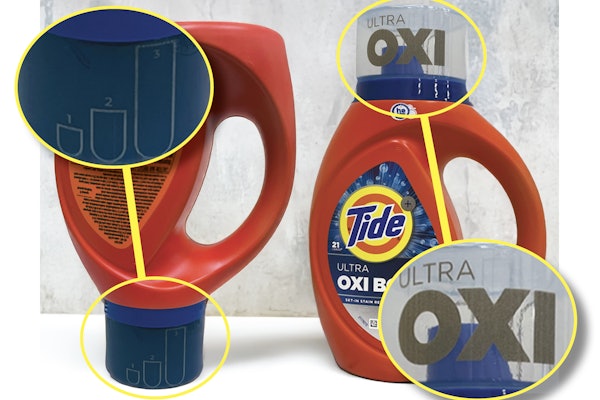The types of attributes or properties to consider when determining “what matters” include:
• Thickness
• Basis weight
• Tensile properties
• Tear strength
• Puncture- or impact-resistance
• Abrasion-resistance
• Maximum and minimum service temperature
• Optical properties
• Heat-seal characteristics
• Dimensional stability
• Surface energy
• Coefficient of friction
• Barrier properties
• Chemical-resistance
• Regulatory compliance
• Environmental impact
Measure against internal and external standards
These attributes and properties provide a good starting point, but they will not cover all possible end-use requirements. For instance, you would want to know the static dissipation when packaging electronic componentry.
More important is knowing why a performance attribute is important. (For more, see the Appendix in this Playbook: “Detailed properties and attributes for film structures.”) Take care to understand whether an attribute is expressed as an inherent material property that can be extrapolated to different thicknesses, or whether the attribute is thickness-dependent.
ASTM International publishes a globally recognized and accepted set of standards for testing many materials, including polymer films. These are the default standards in North America. Given the growth of global supply and trade in films, you will encounter other standards from time to time. International Standards Organization (ISO) and Deutches Institut für Normung (DIN) are prime examples.
Where standards published by different organizations are equivalent, the published standards will indicate this. Unless you know for certain, however, it is risky to assume that just because the property name is the same that the results are comparable.
Compare apples to apples when testing performance
One caution when reading specifications and comparing properties of different materials is to take care to ensure the data are presented in such a way as to allow valid comparisons. Start by being sure you know exactly what property is being reported. Then recognize there are differences in how these properties can be measured and reported. Make sure you understand the specifics of:
• The exact test method employed.
• The conditions at which testing was done.
• The units in which the results are reported.
The same method at different temperatures, humidities, etc. can yield wide variation in your results. Measurement units can be converted relatively easily, but the impact of varying test conditions on results will differ by material, and it is dangerous to expect all materials to respond similarly. Even seemingly minor differences in test methods can influence results.
Liked this article? Download the entire playbook here.

























